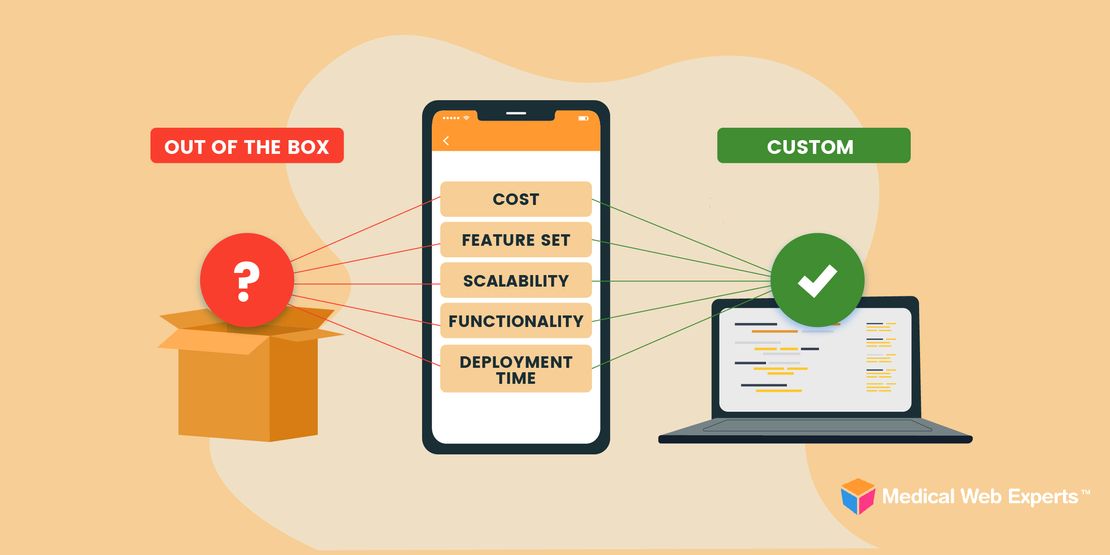Communication is an integral component of patient engagement, but it isn’t easy to accomplish – particularly due to the fact that people communicate, process and interpret interactions differently. There are some ways, however, to overcome communication barriers. Healthcare professionals just need to understand that successful <a href="https://www.bridgeinteract.io/patient-engagement-solution/">patient engagement strategies</a> require patience. In fact, developing a successful strategy, carrying it out, and experiencing positive results could take months or even years. The sooner organizations accept this reality, the greater chances they have of realizing success. So what makes for a successful patient engagement blueprint?</p> <h2>Milestones</h2> <p>You’ve probably heard the “taking baby steps” and “walk before you run” clichés – and they certainly apply here. Whether you are implementing a <a title="Patient Portal" href="https://www.medicalwebexperts.com/custom-health-patient-portal-development" target="_blank" rel="noopener noreferrer">patient portal system</a> or increasing your outreach efforts through social media, establishing realistic milestones on your patient engagement journey will lead to a successful destination. Once again, communication is key here. You not only need to communicate openly with patients but with everyone involved in the process (i.e. office staff, nurses and physician assistants). Engage everyone involved to seek their input in order to gauge what is realistic. Remember, one size does not fit all, and what’s realistic for one practice may not be for another.</p> <h2>Simple Solutions</h2> <p>Another cliché that applies here (last one I promise!) is the KISS method: Keep It Simple Stupid. Implement simple solutions that can grow over a period of time. The simpler the better. After all, when patients are able to easily understand a new concept or policy, they are more willing to accept and adopt the change. Remember, most people are adverse to change, so simple and gradual solutions will make the transition easier. Once a simple solution is adopted by many, another simple solution can be implemented and then another – now you have momentum and traction!</p> <h2>Attracting the “Right” Patient</h2> <p>Let’s face it. Some people will not accept change no matter what you do or how easy you make the process. For those that don’t want to adopt or be a part of the strategy, fire them. I know this is a controversial topic, but remember what the engagement strategy is all about – better communication and overall better patient outcomes. The changes you make are ultimately for the benefit of your patients, so why keep those that don’t want to be a part of the process? <a title="How to Attract Profitable Patients" href="https://www.medicalwebexperts.com/blog/attract-profitable-patients/" target="_blank" rel="noopener noreferrer">Seek the right patients</a> that want to be part of the engagement process while utilizing tools that don’t require complex integration.</p> <h2>The Patient Wish List</h2> <p>No patient engagement strategy would be complete without getting patient feedback prior to implementation. Patient surveys are an excellent tool for finding out what your patients want or need. It could be that they want the ability to schedule an appointment online. Perhaps they want patient education resources that can be accessed from your practice’s website. Or maybe just a symptom “decision tree” intake form that’s easy to fill out and that allows the doctor to know what’s wrong with the patient before he or she is even seen. Whatever your patients’ wish lists consist of, you’ll get a much better understanding from the surveys, not to mention buy-in from your patients.<br /> Patient engagement is all about actively involving your patients in their health outcomes through collaboration, feedback, understanding and education. Communication is the common thread which runs through each of these key components which in the end will lead to improved patient care.</p>

Posted on April 12, 2023 by Pablo Bullian
HIPAA-Compliant Messaging: How to Safely Share ePHI
Data security is a major challenge in healthcare. With data breaches on the rise, it seems that criminals are increasingly viewing digital healthcare data as low-hanging fruit. According to the…Read more

